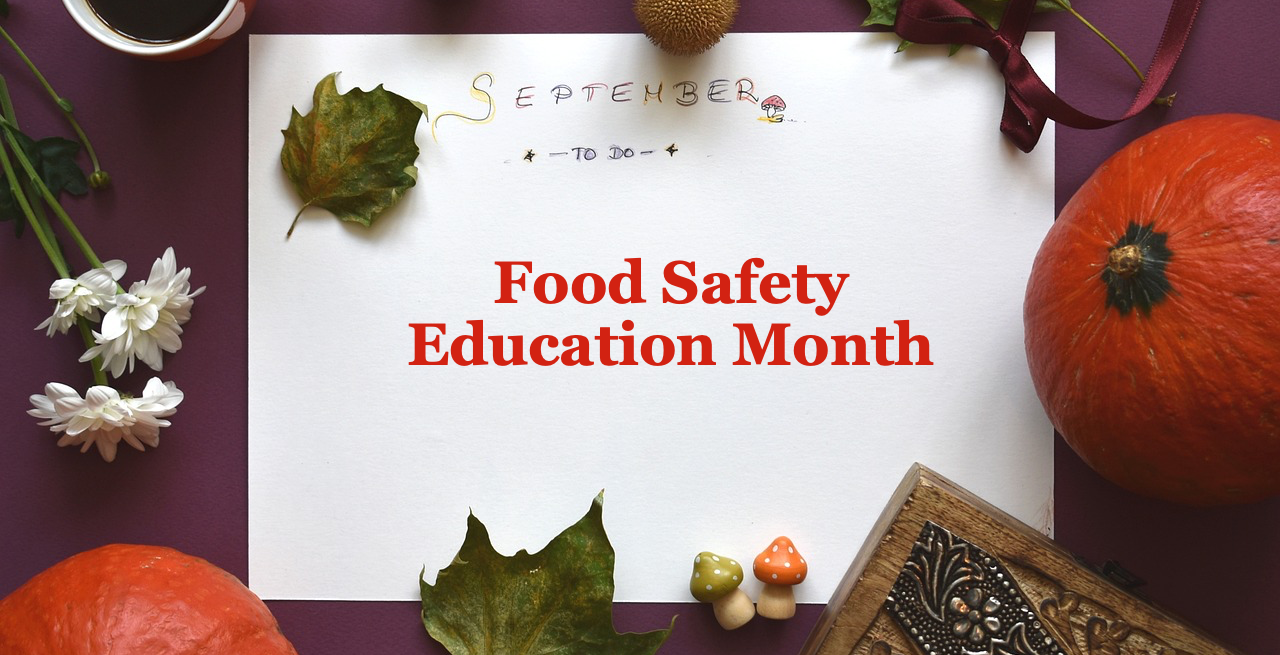Food Safety Education Month Kicks Off September 1 – What to Know
3 Min Read By Society Insurance
One in six Americans is affected by food borne illnesses annually, according to the FDA. Each year, these illnesses result in an estimated 128,000 hospitalizations and 3,000 deaths. Food safety is increasingly becoming more important to the FDA. In 2020, the FDA ushered in a new chapter of food safety with the “New Era of Smarter Food Safety blueprint,” which established science and risk-based protections. Annually, the government agency has a Food Safety Education Month campaign in September.
Ahead of September, Society Insurance, which provides coverage to the hospitality industry, is sharing its guide on Food Safety Tips for Your Restaurant.” One of the frequent claims made to restaurant insurance carriers – and voiced on social media – is a real (or perceived) foodborne illness. Whether it is the flu, an allergy, or just something that didn’t sit well with a customer, it is easy to place the blame on the food service industry. The most successful approach to battling this issue is to be proactive with your food safety program and use food safety best practices that can keep customers safe and protect your valuable reputation.
Store Food Safely
-
Always refrigerate perishable food within 2 hours. That drops to 1 hour when the temperature is above 90°F.
-
Check the temperature of your refrigerator and freezer with an appliance thermometer. The refrigerator should be at 40°F or below and the freezer at 0°F or below.
-
Cook or freeze fresh poultry, fish, ground meats and variety meats within 2 days; other beef, veal, lamb or pork within 3 to 5 days.
-
Perishable food such as meat and poultry should be wrapped securely to maintain quality and to prevent meat juices from getting onto other food.
-
To maintain quality when freezing meat and poultry in its original package, wrap the package again with foil or plastic wrap that is recommended for the freezer.
-
Always use a clear standard labeling method on opened and/or prepared food so that everyone knows the time and date it was opened or prepared.
-
Canned foods are safe indefinitely as long as they are not exposed to freezing temperatures or temperatures above 90 °F. If the cans look ok, they are safe to use. Discard cans that are dented, rusted or swollen. High-acid canned food (tomatoes, fruits) will keep their best quality for 12 to 18 months; low-acid canned food (meats, vegetables) for 2 to 5 years.
Prepare Food with Care
-
Find separate preparation areas in the workspace for raw and cooked food.
-
Never place cooked food back on the same plate or cutting board that held raw food.
-
Wash cutting boards, dishes, utensils and work surfaces frequently with hot, soapy water.
-
Wash hands with soap and warm water for at least 20 seconds before and after handling food and after using the bathroom, changing diapers or handling pets
Cook Food to Safe Minimum Internal Temperatures
The only way to tell if harmful bacteria are destroyed is to cook food to minimum temperatures.
-
Use a food thermometer to check the internal temperature of meat, poultry, casseroles and other food. Check temperature in several places to be sure food is cooked to a safe minimum internal temperature.
-
Never partially cook food for finishing later because you increase the risk of bacterial growth.
Hold Food Safely
Keep Food Out of the “Danger Zone” (40-140°F).
-
Keep hot food hot — at or above 140°F. Place cooked food in chafing dishes, preheated steam tables, warming trays and/or slow cookers.
-
Keep cold food cold — at or below 40°F. Place food in containers on ice.
When In Doubt, Throw it Out!
-
Discard food left out at room temperature for more than 2 hours; 1 hour when the temperature is above 90°F.
-
Place food to be stored in the walk-in cooler in shallow containers. Refrigerate or freeze immediately.
-
Use cooked food products within 4 days.
The food service industry has an obligation to do everything possible to mitigate these occurrences. Beyond the obvious ethical concerns, the fallout from a patron who gets sick from a foodborne illness possibly contracted at a given establishment can be significant. Concerns range from reputational to financial, and it’s important for proprietors to be prepared for anything.


